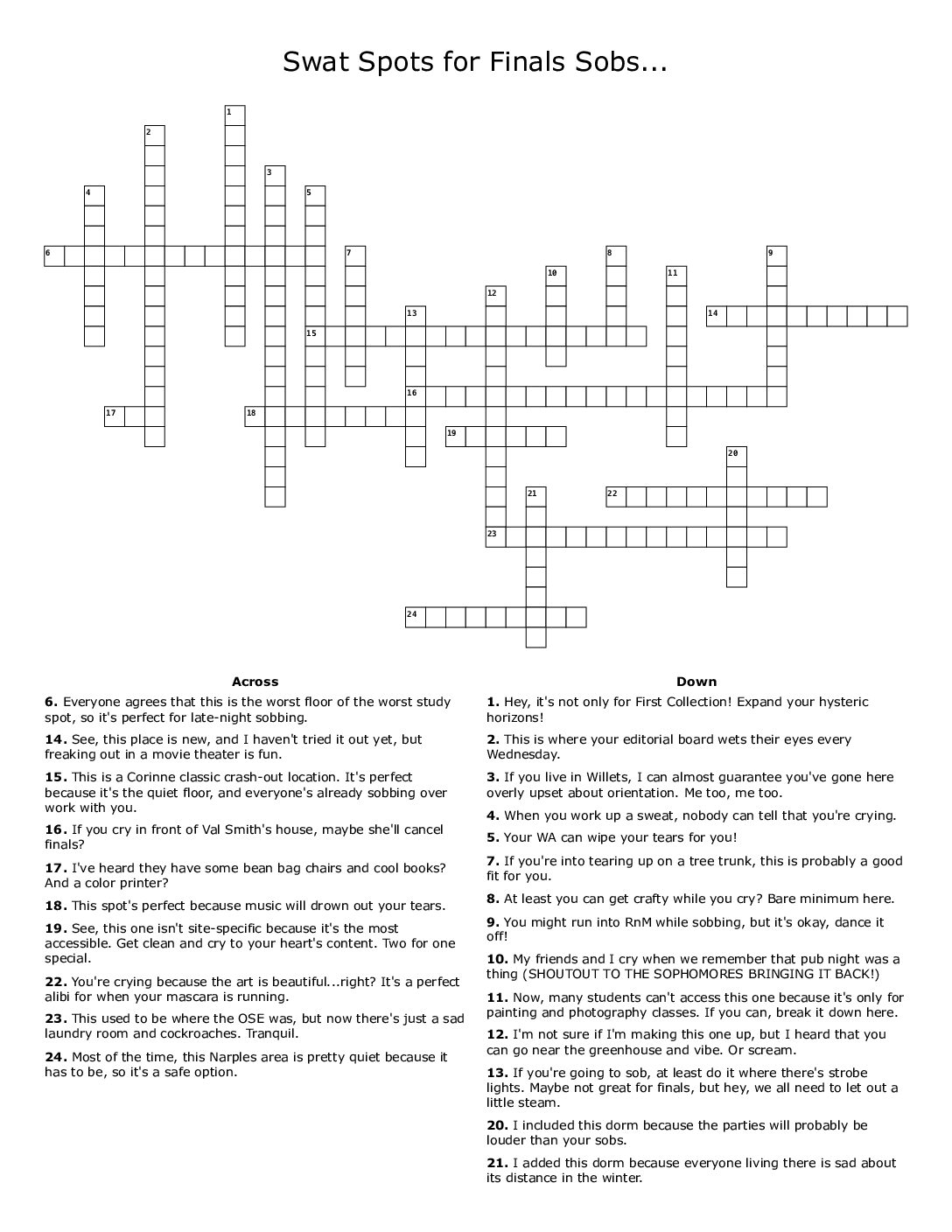When people think of Philadelphia’s art scene, they jump to the Philadelphia Museum of Art, the Barnes Museum, or the Rodin and their picturesque collections of Monet, Cezanne, and Renoir. While the museums are impressive in their own right, in my opinion, the finest collection of Philadelphia art exists throughout its streets. The pieces in this collection are framed by concrete rather than gold, they climb warehouses, peek through alleys, and sprawl across bridges, streets, and highways. They explode with vibrant colors and twisted patterns on Ridge Avenue and stare you down with giant brown eyes on South Street — and if you weren’t intrigued already … they’re also free.
Dubbed as the “Mural Capital of the World,” Philadelphia’s impressive collection of over 4,000 murals has gained international attention. The city’s public art program fosters the rawest and most immersive display of Philly art.
So how exactly did Philly become the internationally acclaimed “City of Murals”?
Philly kickstarted its mural obsession out of a 1980s anti-graffiti assignment for the city. In 1984, Jane Golden, a Los Angeles mural artist, was hired to work on Mayor Wilson Goode
Anti-Graffiti Network project. Golden was assigned to recruit local graffiti artists and redirect their creative works and visions toward public art projects. After a scramble for funding, the Philadelphia Anti-Graffiti Network painted its first mural, “Life in the City,” spanning the 636 feet of the Spring Garden Street Bridge between West Philadelphia and Center City. From there, the organization continued to grow, gaining increased support and funding for its projects as the years went on.
Today, the City of Philadelphia Mural Arts Program, or Mural Arts, is the largest public art program in the nation. Since its first project in 1985, Mural Arts has produced thousands of murals across the city, engaging in 50-100 public art projects each year for various Philadelphia communities. The program offers walking and virtual guided tours, talks by local artists, community events, and fellowships for young aspiring artists.

The purpose of the murals goes beyond just creating fun colorful splashes across the city, as Philadelphia’s painted walls reflect the visions, feelings, and concerns of the artists who paint them. The murals represent various themes, topics, and styles: colors range from vibrant to monochrome, themes from sports to politics, and portraits from local faces to Dr. J.
Many of them speak to conversations on heavy topics relevant to Philadelphia and its residents, such as racial justice, immigration, gun control, and gentrification. Mural arts has fostered an outlet for local painters, especially emphasizing the works of Black artists, who are often underrepresented in museums and the art world in general. As Jane Golden told National Geographic in 2022, “Murals are the autobiography of the city of Philadelphia. No matter where you go, there are projects that talk about the people who live there, our heroes, the issues that confront us.”
So next time you’re in Philly, take a look around.















